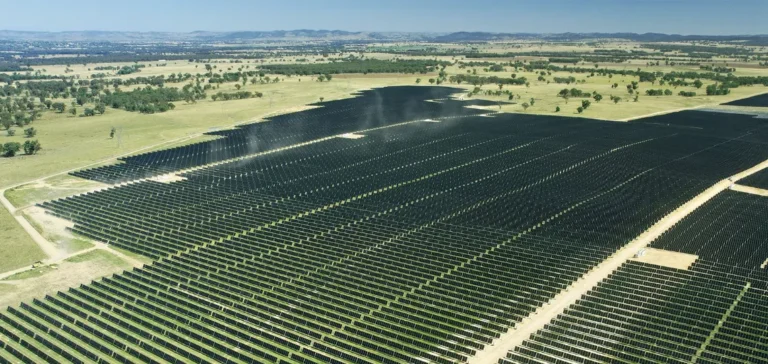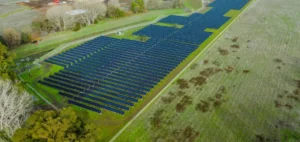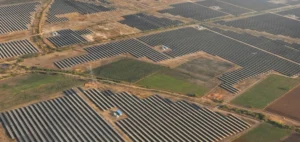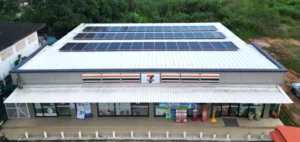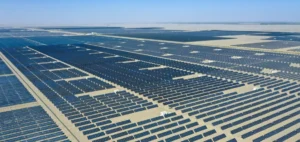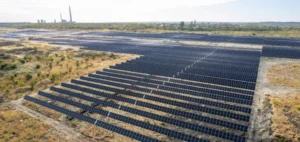Fortescue Metals Group has secured financial support from the Australian Renewable Energy Agency (ARENA) to develop a solar technology testing centre in the Pilbara region of Western Australia. The project is backed by AUD45mn ($28.9mn) from the Advancing Renewables Program, a scheme designed to accelerate the integration of renewable energy into high-intensity industrial sectors.
The Pilbara Solar Innovation Hub will trial up to ten technological innovations across Fortescue’s renewable energy portfolio, including the 190 MW Cloudbreak solar farm currently under construction. The objective is to lower solar project construction costs, improve on-site safety, and simplify large-scale deployment in remote environments.
Site automation and modular systems
One of the first tests involves a partnership with Built Robotics, a company specialising in heavy equipment automation. At Cloudbreak, over 1,200 solar piles will be installed by autonomous robotic systems. This approach aims to reduce local labour constraints and improve installation consistency in extreme climatic conditions.
At the same time, Fortescue is trialling the Maverick modular system from Australian company 5B. This prefabricated solar solution is designed for rapid deployment with minimal human intervention. The trial will evaluate its thermal resilience and economic viability for large-scale solar deployment in remote parts of the country.
A strategy aligned with industrial integration
The development of the Cloudbreak Solar Farm is part of Fortescue’s broader strategy to integrate renewable energy into its mining operations. The company had already commissioned a 100 MW solar farm at its Iron Bridge site. These projects enable Fortescue to field-test the impact of new technologies on its industrial activities.
The innovations tested under the Pilbara Solar Innovation Hub will be shared with ARENA and other sector stakeholders to support the dissemination of best practices across the industry. This initiative also aligns with ARENA’s vision to significantly reduce the cost of solar electricity for hard-to-abate industries.
According to the agency, these trials will help evolve construction methods, simplify solar project logistics, and improve the competitiveness of installations in remote areas.


